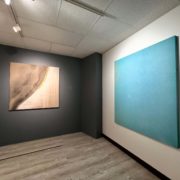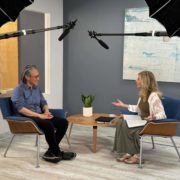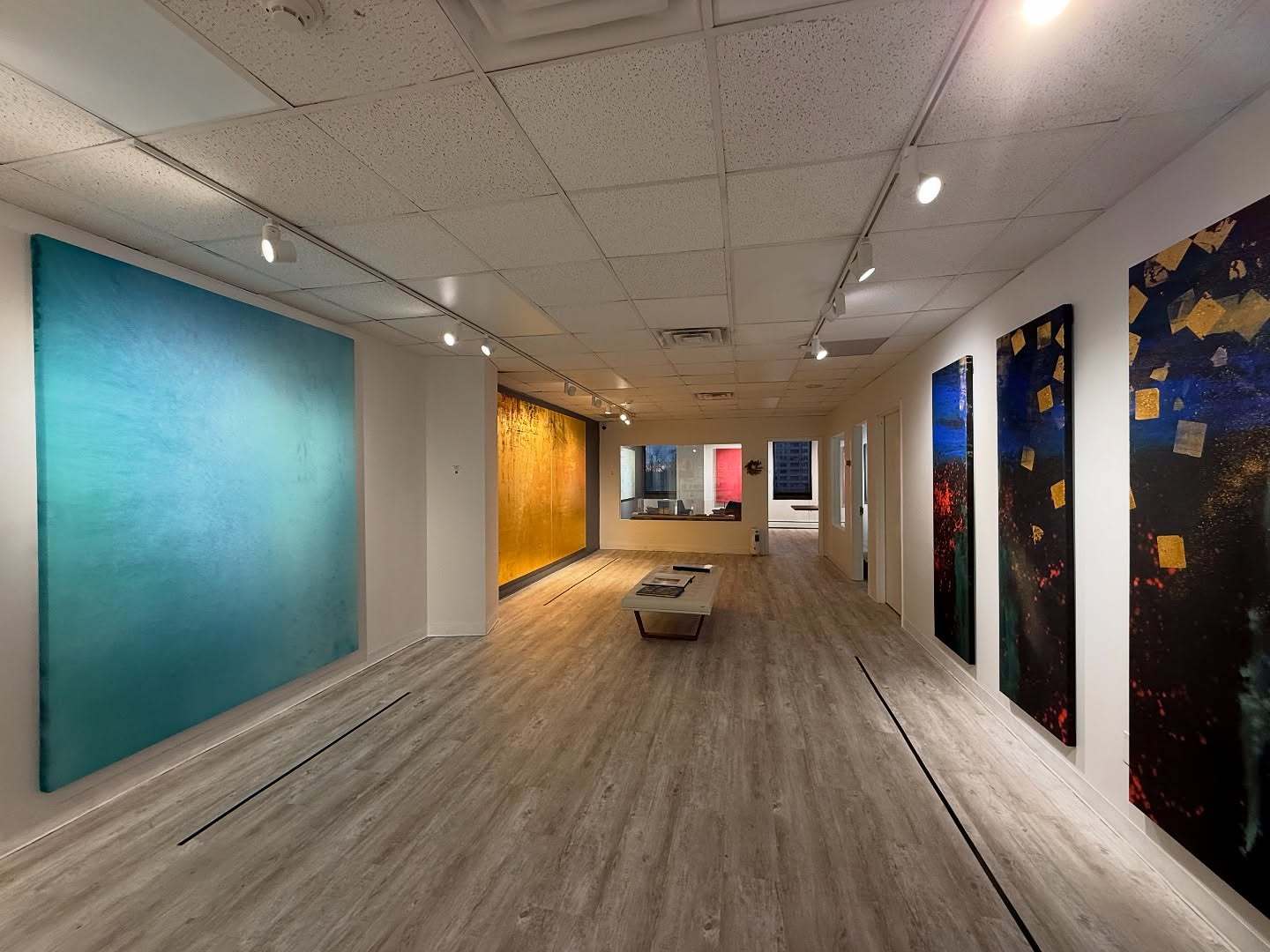Generative Integration
Estuaries are places of generativity: at the confluence of freshwater and saltwater, a diverse, competitive, abundant ecosystem thrives, nurturing life that exists nowhere else on earth.
Visionary entrepreneur Haejin Shim Fujimura created the Estuary to model such cultural integration. The Estuary incubates multiple business and non-profit initiatives across diverse spheres of law, humanitarian justice and mercy work, faith, art, and culture in a beautiful office and professional-level gallery space in the NYC metropolitan area. Rather than distinct, each of these becomes integrated in the shared space.
The Galleries

The Estuary hosts a permanent exhibition of artworks by Makoto Fujimura, with major pieces displayed across three galleries and the shared office space. The galleries also display a rotating Culture Care exhibit of 20+ artists and authors — makers embodying Culture Care values in a variety of generative media. The galleries are free and open to the public by appointment (schedule a visit here).
Follow the Estuary Gallery on Instagram: @estuarygallery
Photo: The “Listening Room” gallery.
Cultural Advocacy

In addition to the exhibitions, the Estuary is a space for cultural advocacy. Since its opening in 2023 it has hosted many conversations, interviews, filming for a PBS show, training for Academy Kintsugi facilitators, and events connecting pastors, lawyers, artists, politicians, dancers, musicians, academics, healthcare providers, and others from around the world. The Estuary showcases how art and beauty can facilitate generative dialogue across political, cultural, and disciplinary divides to advocate for what matters most.
Photo: Beth Moore interviews Makoto Fujimura
“The Estuary invites those who enter to pause, to look, to breathe, and to listen…the forces of a bustling world are suspended and sanctuary is allowed to emerge…Time was recalibrated. The tyranny of words — occupying every corner of our lives — not essential here — assigned much lower priority. Each painting beckoned with quiet assurance, a hospitality without pretense or assumption. Here was a powerful chance for the art to speak, to hear my own heart in hushed conversation with it, and maybe to hear God’s voice…[an] invitation to consider afresh life’s deepest questions.”
- Michael Wilder, Ph.D., Dean of the Conservatory of Music and Division of Arts and Communication, Wheaton College

